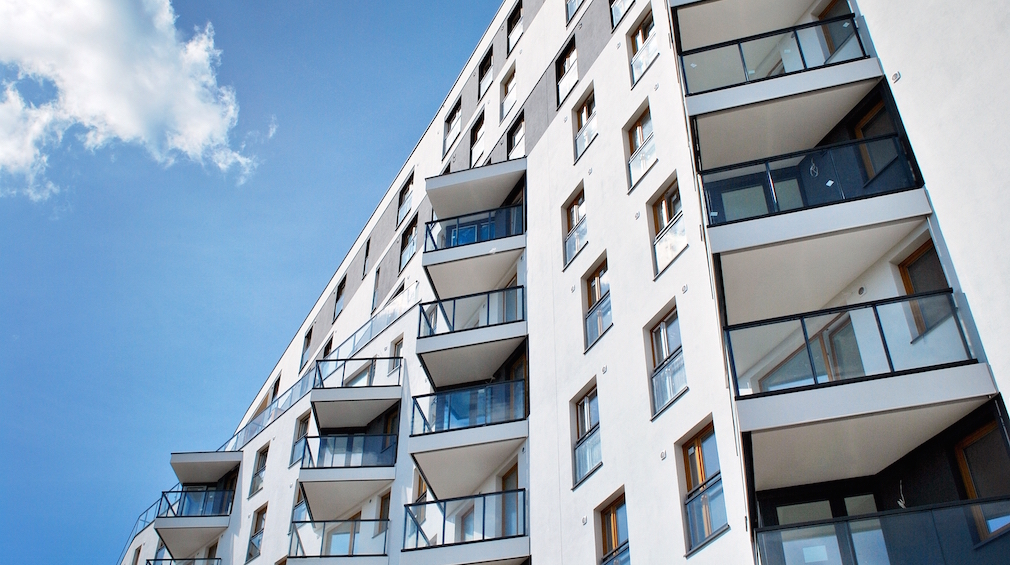There is a dearth of affordable housing. Everyone is talking about the problem, but no easy solution for it has emerged. The demand is undeniably there, freezing under a thick ice sheet of Class-A product.
Aside from razor thin vacancy rates and sky-high rents, there is a metric that Fannie Mae Director of Economics and Market Research Kim Betancourt says is even more telling: rent concessions. According to her, the multifamily market is so tight that concessions are practically non-existent at the national level, which is not normal for a balanced market.
“Depending on where you are there might be more concessions than elsewhere, but at the national level, it’s actually quite low. It’s below 1%…I think when we looked at the first quarter it was at 0.6%. That’s very, very low,” Betancourt told HousingWire.
“In a normalized market, it should be more like 2% to 3%,” she added.
According to her, a concession rate of 8% is roughly equal to one-month free rent.
“If we’re at less than 1%, I do like to make the joke, ‘there’s about 10 minutes of free rent out there,’” she quipped.
What this means is that there is a massive undersupply of multifamily housing in general, and it is most definitely contributing to the overall lack of affordable housing.
Couple that with the fact that investors are buying up every Class-B value-add property in sight, the fact that over the last 10 to 15 years Class-A has been about the only thing built, out-of-control construction costs and macroeconomic factors like the two largest population cohorts – Baby Boomers and Millennials – opting to rent in droves and what you’re left with is a massive pool of unmet demand and empty wallets.
It’s a pickle. A real big pickle because developers and investors can’t in their right minds willingly stomach losses by building Class-B housing projects that won’t pencil, and the government can’t or won’t be able to fill in all the gaps.
According to Stephen Norman, executive director of King County Housing Authority, what this leads to is lopsided economic growth. Eventually, it becomes untenable for working class individuals to travel en masse from one municipality to another every single day.
Norman said tax payers are paying more for King County to add lanes coming into Bellevue for all the working class wage earners to travel back and forth everyday than they would if they just paid to put affordable housing within Bellevue city limits.
Tim Walter, KCHA senior director of development and asset management summed it up this way: “You need equitable housing to support long-term economic growth.”
So, what is the holdup?
According to industry professionals, the chief issue holding back affordability is the cost of construction. It makes the pent-up demand for affordable housing functionally untouchable.
That’s not very helpful, and it’s an uncomfortable reality. It’s something developers and housing professionals have little to no control over, and it looks like the prices are not going to fall anytime soon.
A double-edged sword, more than just a tough situation for would be renters, it’s also a missed opportunity developers and investors. If someone could come up with a silver bullet product or construction method that made building affordable housing possible, that someone would be able to access a massive, underserved demand pool.
So far, it does not appear that there are any silver bullets out there, or at the very least, if they do exist, they are not yet scalable according to David Leopold., Freddie Mac's vice president, targeted affordable sales & investments.
Currently, most of the solutions are public-private partnerships (which are under duress) and/or tactical financial solutions. Entities like Freddie Mac and Fannie Mae are trying to stop the bleeding by a) showing preference for affordable housing mortgages, and b) offering financial products that make filling a capital stack a little more attainable for affordable housing projects.
Some of these include Freddie’s Flexible Tax-Exempt Loans, Fannie’s Moderate Rehabilitation Supplemental Mortgage Loan for Affordable Properties, and obviously the Low-Income Housing Tax Credits. These are helping, but they are sailing against the wind as construction costs make anything less than something that turns out Class-A rents difficult to build.
Leopold says the way to win this uphill battle is to keep making tactical improvements and strategic moves to reduce the cost of building affordable housing. Things like financial products are tactical improvements, things that apply toward the larger strategic goal promoting affordable housing.
“Those things are important," Leopold said of financial products that make affordable housing cheaper. "We’re wringing out costs…one of the strategic solutions needs to be to reduce the cost of building new affordable housing while preserving existing affordable housing…the strategy to reduce costs, financial products is one way to do that. Another is looking at the construction side. The bulk of the costs are not financing costs…the cost to construct is much greater. [Reducing] that needs to be part of the solution."





